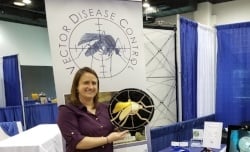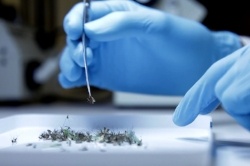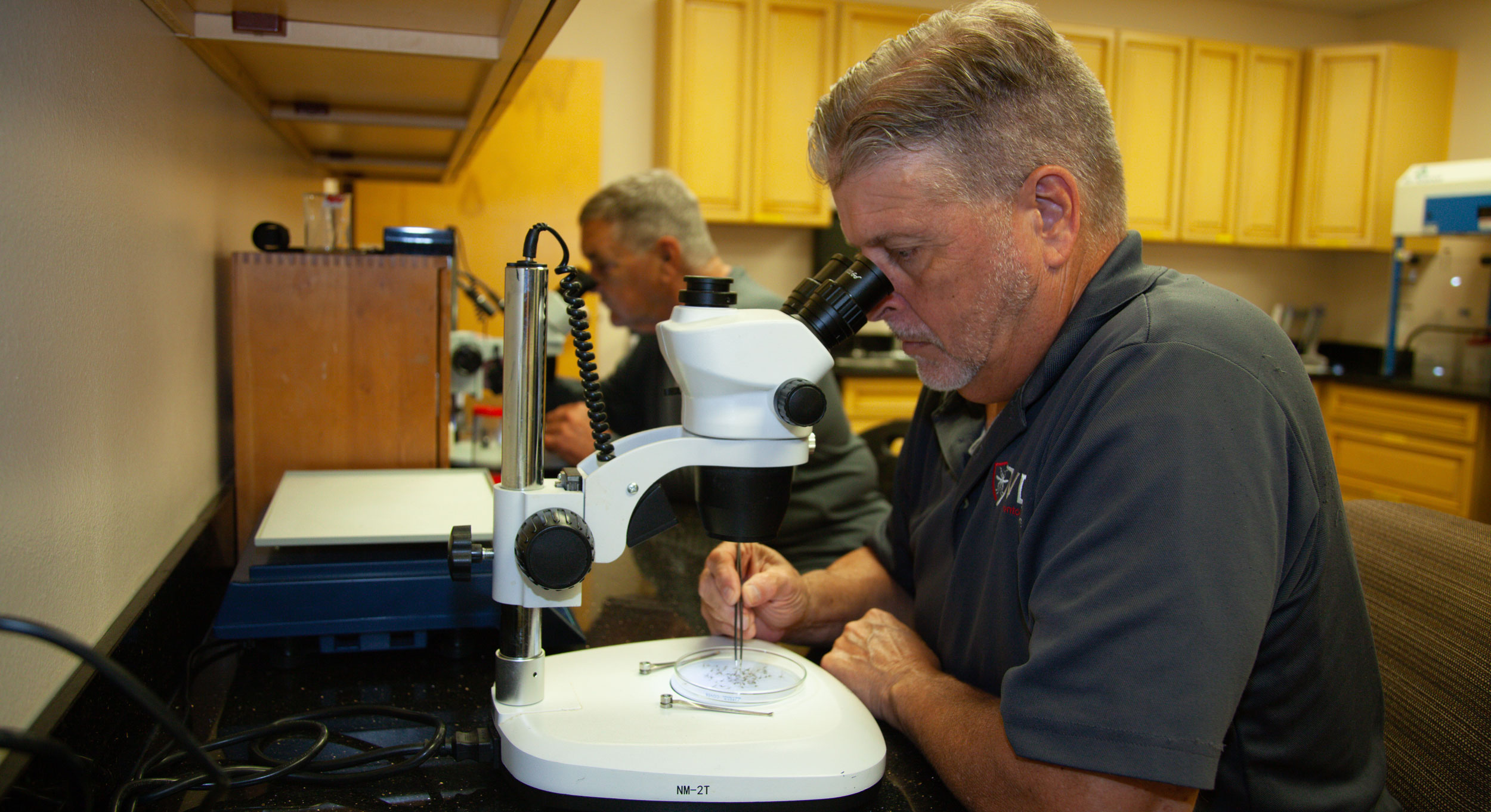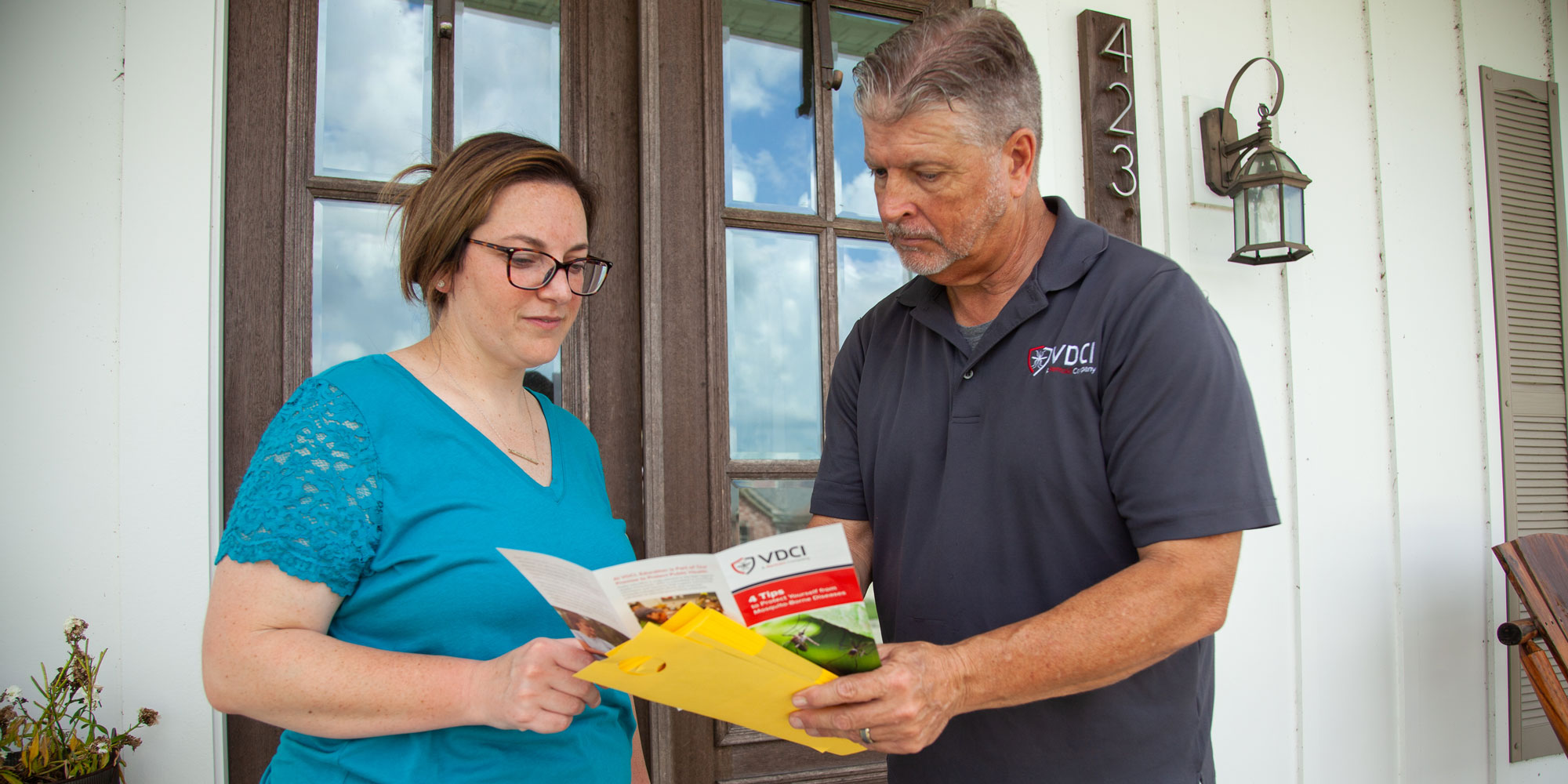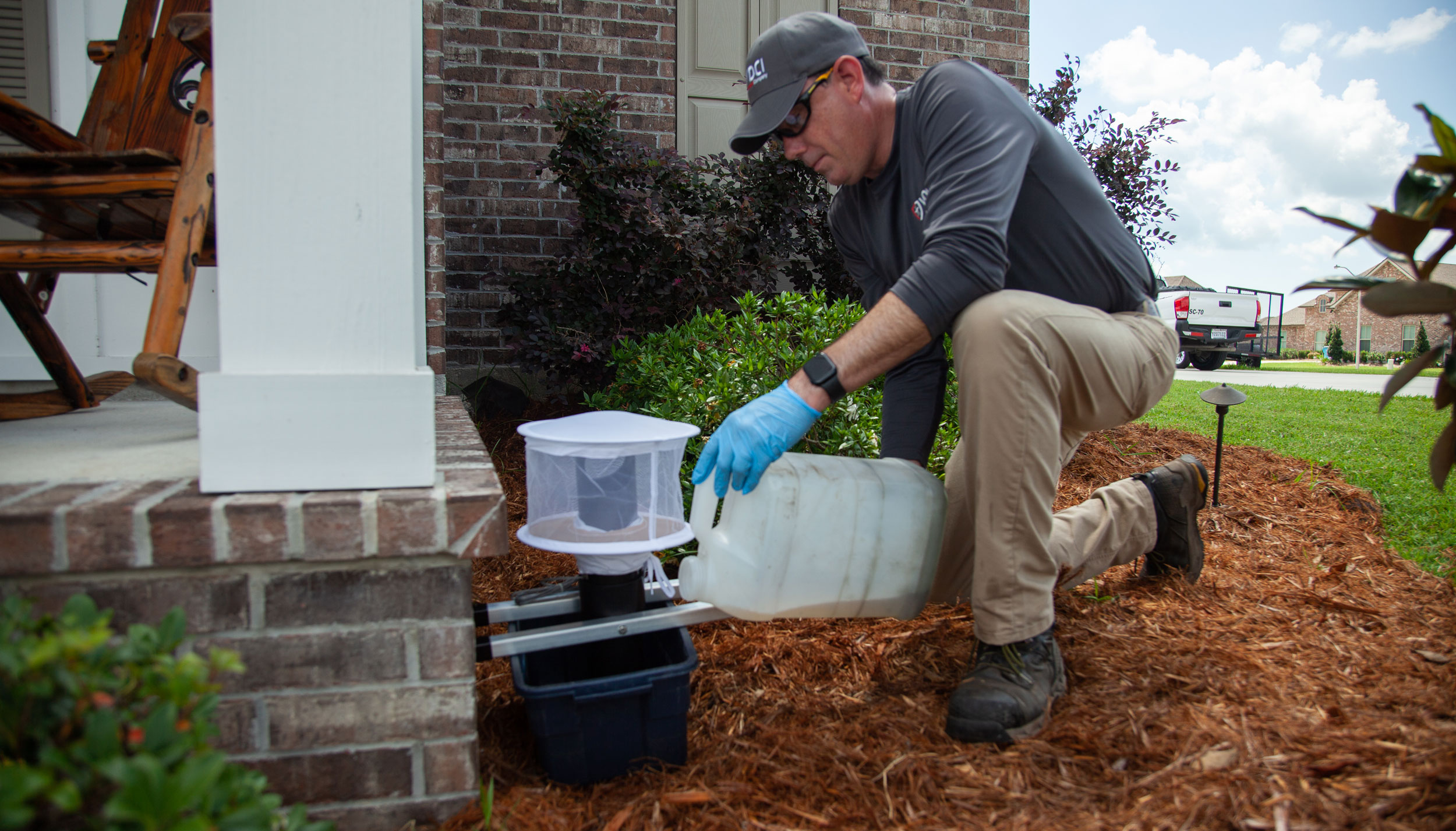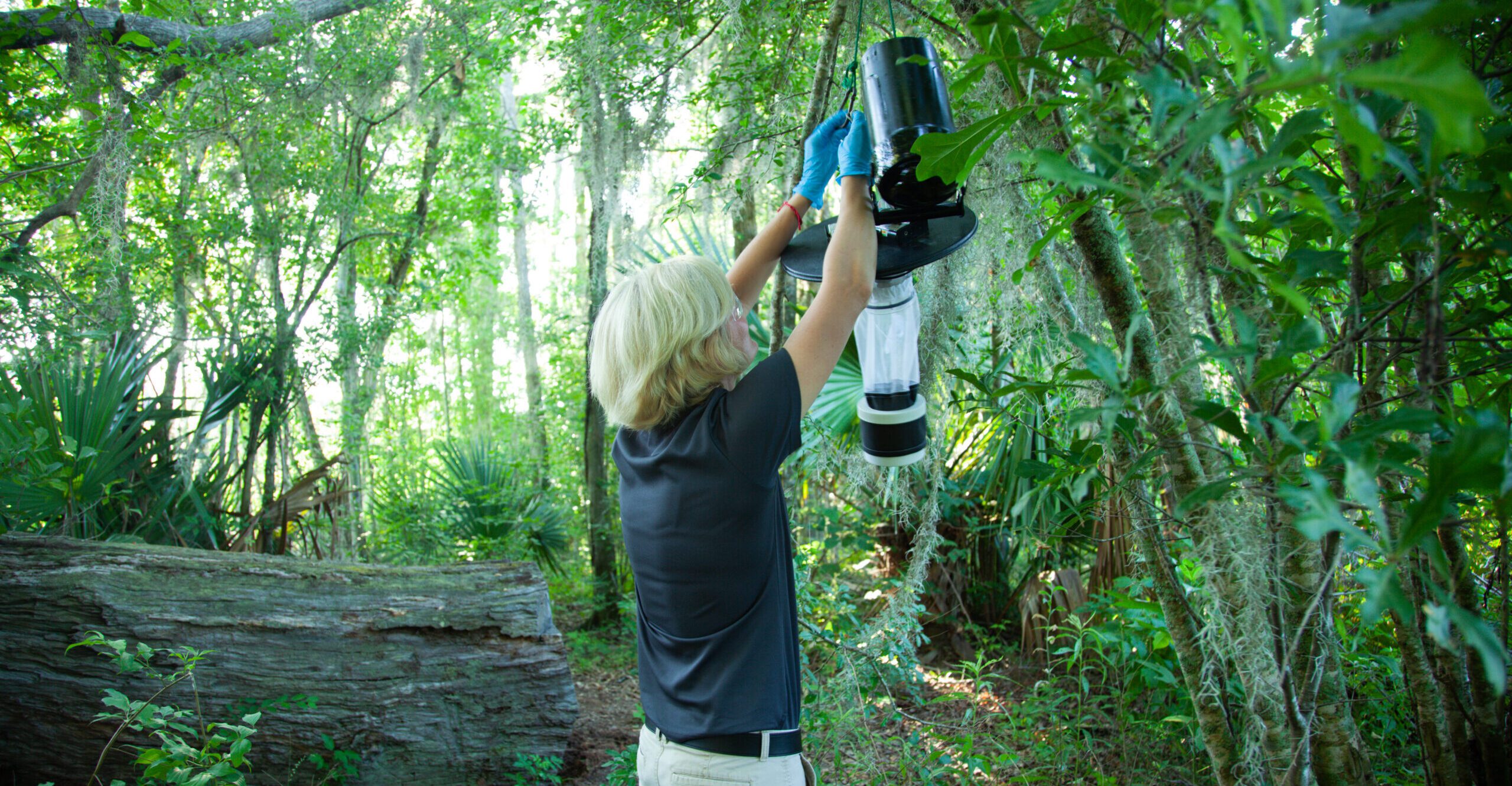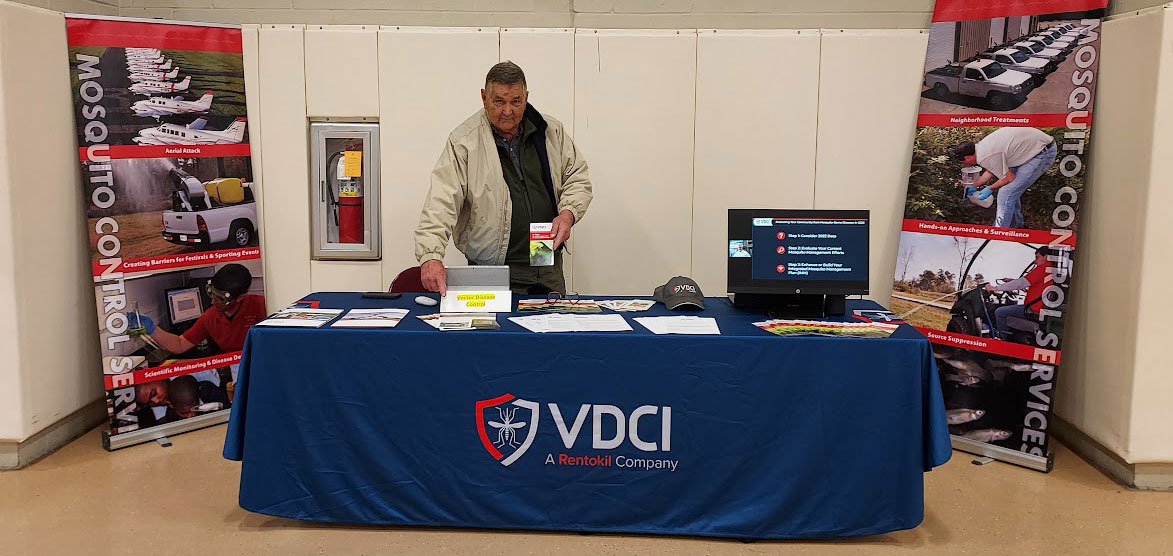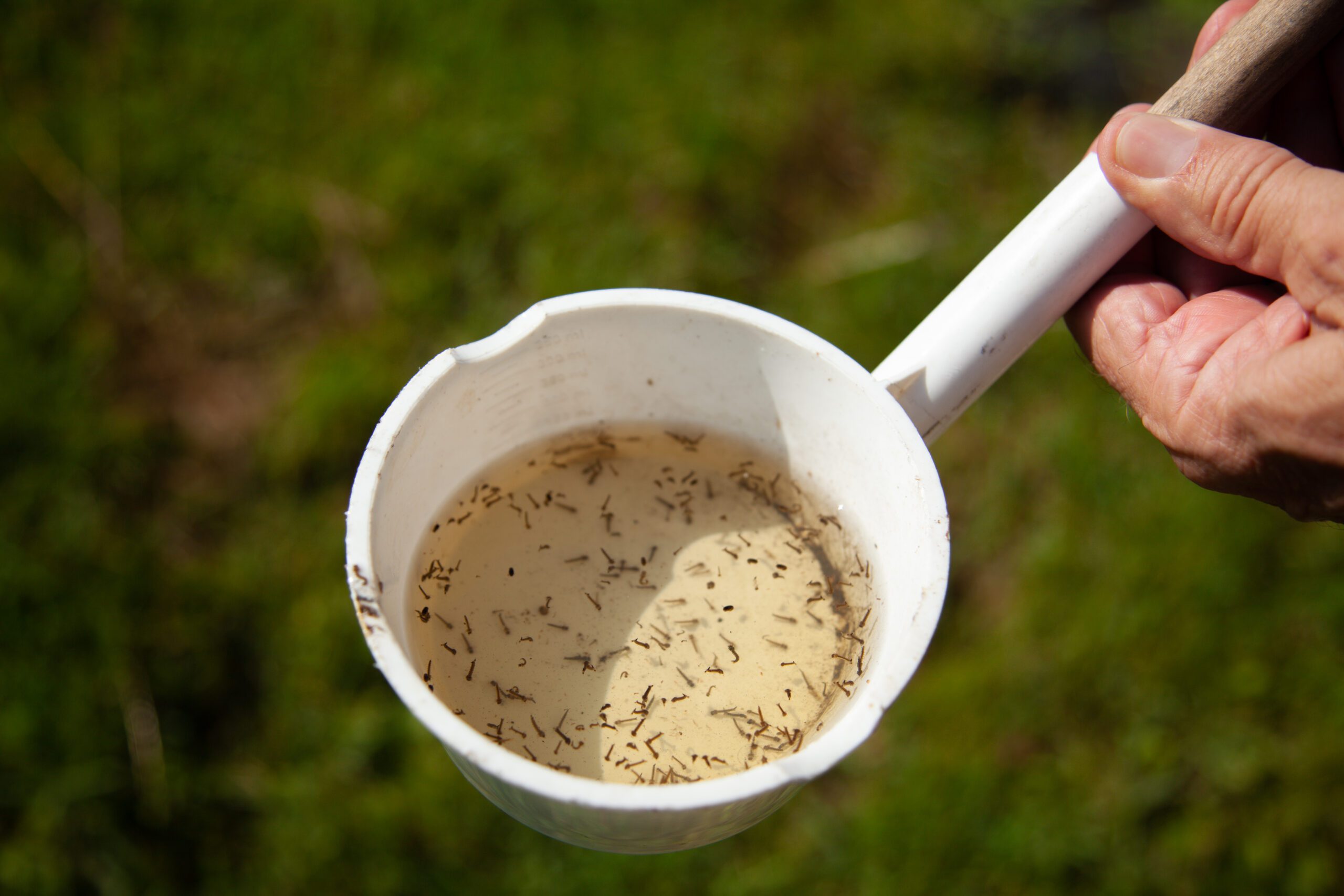Add Aerial Application Services to Your Existing Mosquito Management Program
Mosquitoes are most effectively managed when a multitude of professional solutions and innovations are utilized to target the species. Personal protection efforts, public education, mosquito habitat reduction, and ground-based activities are highly impactful in the battle against mosquitoes. Over the last 20+ years, VDCI has helped reinforce these strategies by taking management to the skies.
VDCI is a leading operator of advanced aerial fleets for adult and larval mosquito control around the country. Aerial applications of EPA-registered insecticides can provide more thorough protection across states, counties, and municipalities, particularly when the risk of vector-borne disease transmission is elevated.
How can the public benefit from aerial mosquito control?
During warmer months, mosquitoes can be found nearly everywhere in our communities. And because they are capable of traveling many miles for a blood meal, it’s also beneficial to target mosquitoes where they thrive, such as swamps, wetlands, and thickets. Unfortunately, these areas can be hard to reach, environmentally protected, or dangerous for ground crews to navigate.
Aerial product applications may be the only way to interrupt the mosquito breeding cycle in remote locations where populations are abnormally high or when roads and natural areas are inaccessible due to flooding, compromised infrastructure, or road closures. When conducted from above, monitoring and applications are typically more comprehensive, faster, and safer; ground crews in one Ultra-Low Volume (ULV) spray truck can treat approximately 1,000 acres per load – or potentially less following weather emergencies – while a single aircraft can treat 10,250 acres per load.

VDCI Aerial Advantage
When designing a management approach, professionals take into account many factors beyond the size and type of area being treated. The process begins with surveillance of the local mosquito species and their populations, patterns, peak activity, and susceptibility to certain types of management styles. VDCI supports the best practices of mosquito abatement districts by helping target mosquitoes at every phase of their lifecycle. This means using specified adulticide and larvicide applications at distinct rates and times of year and with the equipment that’s best suited for the job.
VDCI is the only company nationwide that operates a diverse, in-house fleet of drones and aircraft that are exclusively dedicated to mosquito control:
Fixed-wing aircraft:
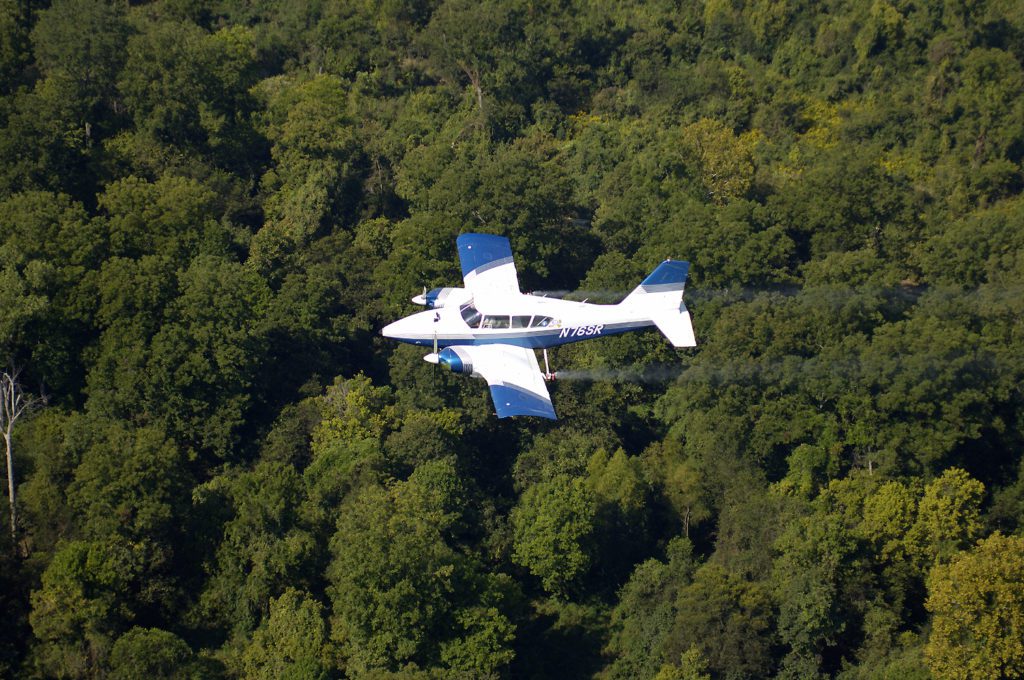
- Capable of treating up to 50,000 acres per aircraft, per night
- Integrated systems ensure uniform spray cloud density
- Swift emergency response tool following hurricanes or severe flood events
Professional drone technology:
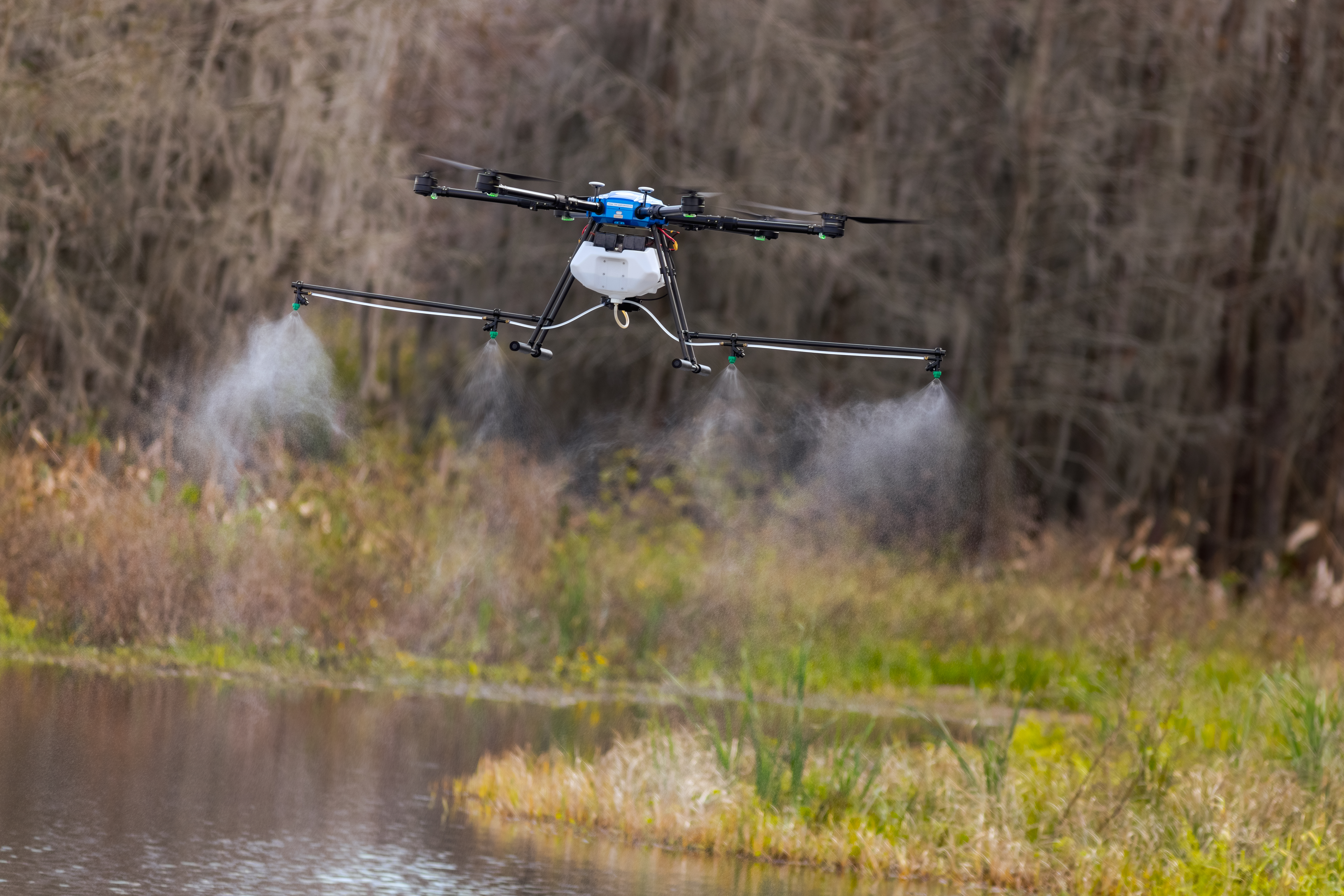
- Capable of applying up to 200 acres of product per session
- Pre-programmed flight routes with superior GPS navigation
- Highly maneuverable and unobtrusive in residential areas
VDCI’s advanced aerial equipment is operated exclusively by licensed aerial pesticide applicators who are authorized through the Federal Aviation Administration (FAA). All professionals specialize in maintenance procedures, airspace regulations, and coordination with local aviation agencies. Together, these professionals boast a combined 50,000+ hours of experience.
We Are Here For Your Every Need
Whether you are experiencing routine mosquito problems or an unforeseen circumstance, VDCI’s vector control scientists are well equipped to safely mitigate the challenges in your area. Our expertise, technology, and reporting capabilities are an asset to any program in need of aerial application services. Contact us below to learn how we can support your mosquito management program.


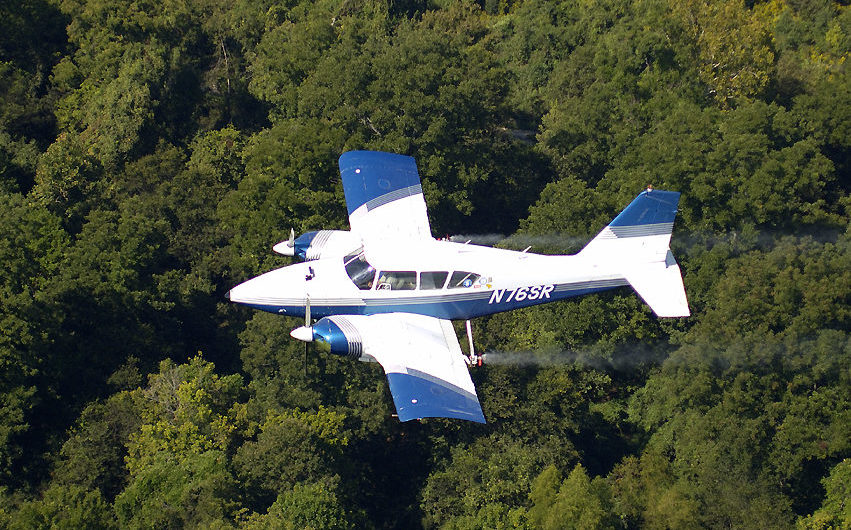
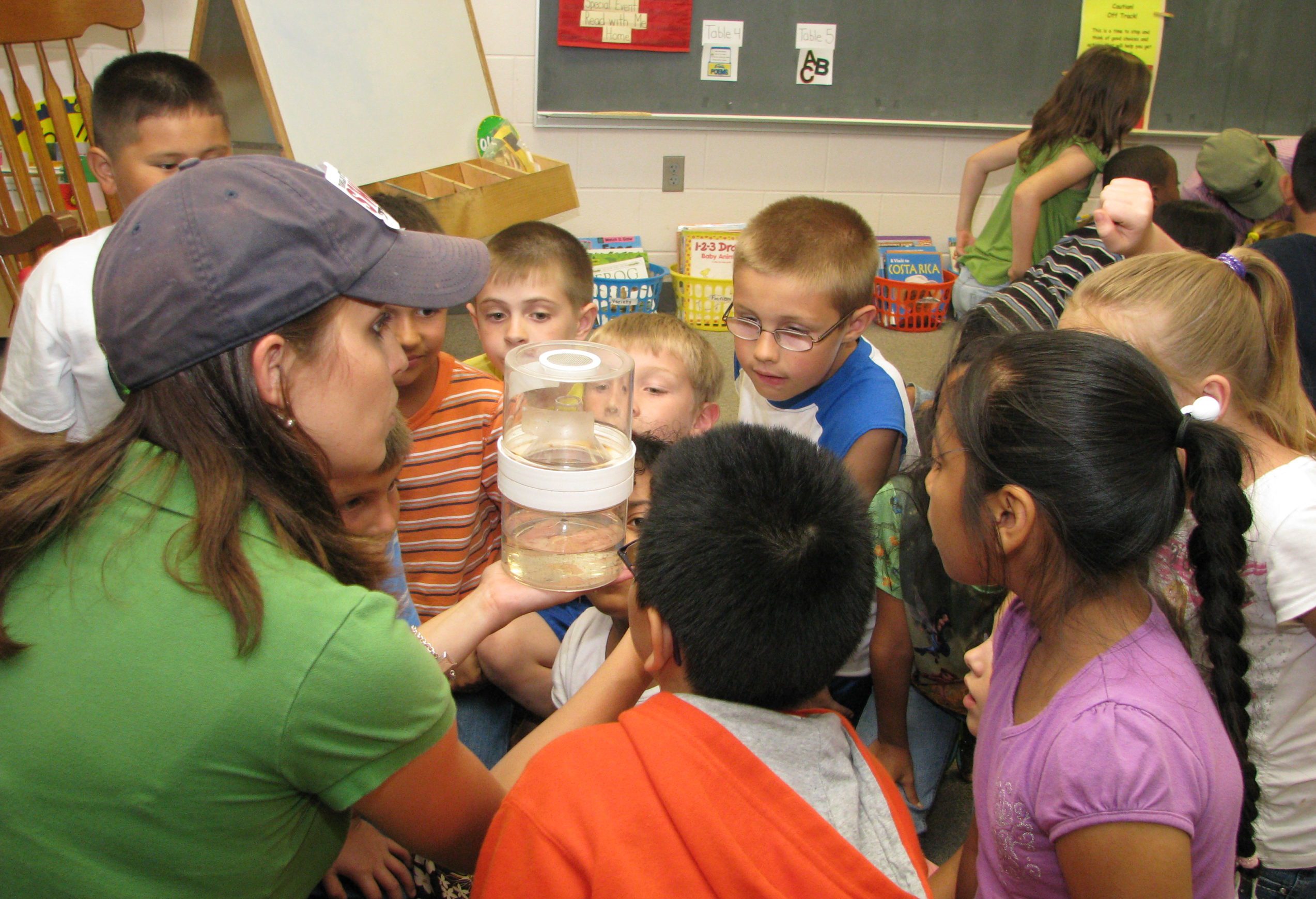
 We’re all impacted by the presence of mosquitoes – in more ways than you might know. Itchy bites are often a harmless annoyance, but the spread of
We’re all impacted by the presence of mosquitoes – in more ways than you might know. Itchy bites are often a harmless annoyance, but the spread of  Mosquitoes require standing water to develop. A single female can lay anywhere from 200-300 eggs and utilize habitats as small as a bottle cap. When it’s hot outside these larvae can develop into biting adult mosquitoes in less than 4 days! Some of the sites we frequently find in backyards include clogged gutters, old tires, and potholes or depressions near sprinkler heads. You can do your part to help eliminate mosquitoes by emptying outdoor containers such as cups, buckets, flower pots, bird baths, and watering cans. Likewise, take steps to ensure water properly drains off of tarps, tables, and outdoor equipment during rainstorms.
Mosquitoes require standing water to develop. A single female can lay anywhere from 200-300 eggs and utilize habitats as small as a bottle cap. When it’s hot outside these larvae can develop into biting adult mosquitoes in less than 4 days! Some of the sites we frequently find in backyards include clogged gutters, old tires, and potholes or depressions near sprinkler heads. You can do your part to help eliminate mosquitoes by emptying outdoor containers such as cups, buckets, flower pots, bird baths, and watering cans. Likewise, take steps to ensure water properly drains off of tarps, tables, and outdoor equipment during rainstorms.  While reducing mosquito habitat on your property can make a significant difference in the battle against mosquitoes, many species are capable of flying several miles to take a blood meal. Because of this it’s also important for you to wear protective clothing and use an EPA approved repellent when biting pressure is high or transmittable diseases have been identified in local populations. Wear light-colored clothing, closed toe shoes, long-sleeves, and long pants when spending time outside can reduce your likelihood of being bitten. This is especially important around dawn or dusk when mosquitoes tend to be most active. Bare skin on hands, ankles or face should be protected with repellent or covered when possible. For the safe and effective use of any product, always read the label and follow manufacturer guidelines.
While reducing mosquito habitat on your property can make a significant difference in the battle against mosquitoes, many species are capable of flying several miles to take a blood meal. Because of this it’s also important for you to wear protective clothing and use an EPA approved repellent when biting pressure is high or transmittable diseases have been identified in local populations. Wear light-colored clothing, closed toe shoes, long-sleeves, and long pants when spending time outside can reduce your likelihood of being bitten. This is especially important around dawn or dusk when mosquitoes tend to be most active. Bare skin on hands, ankles or face should be protected with repellent or covered when possible. For the safe and effective use of any product, always read the label and follow manufacturer guidelines. 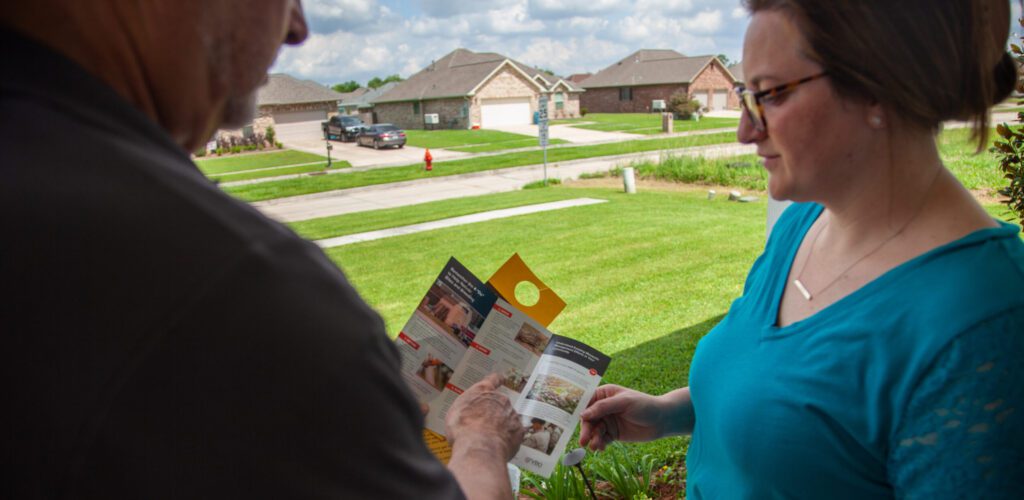

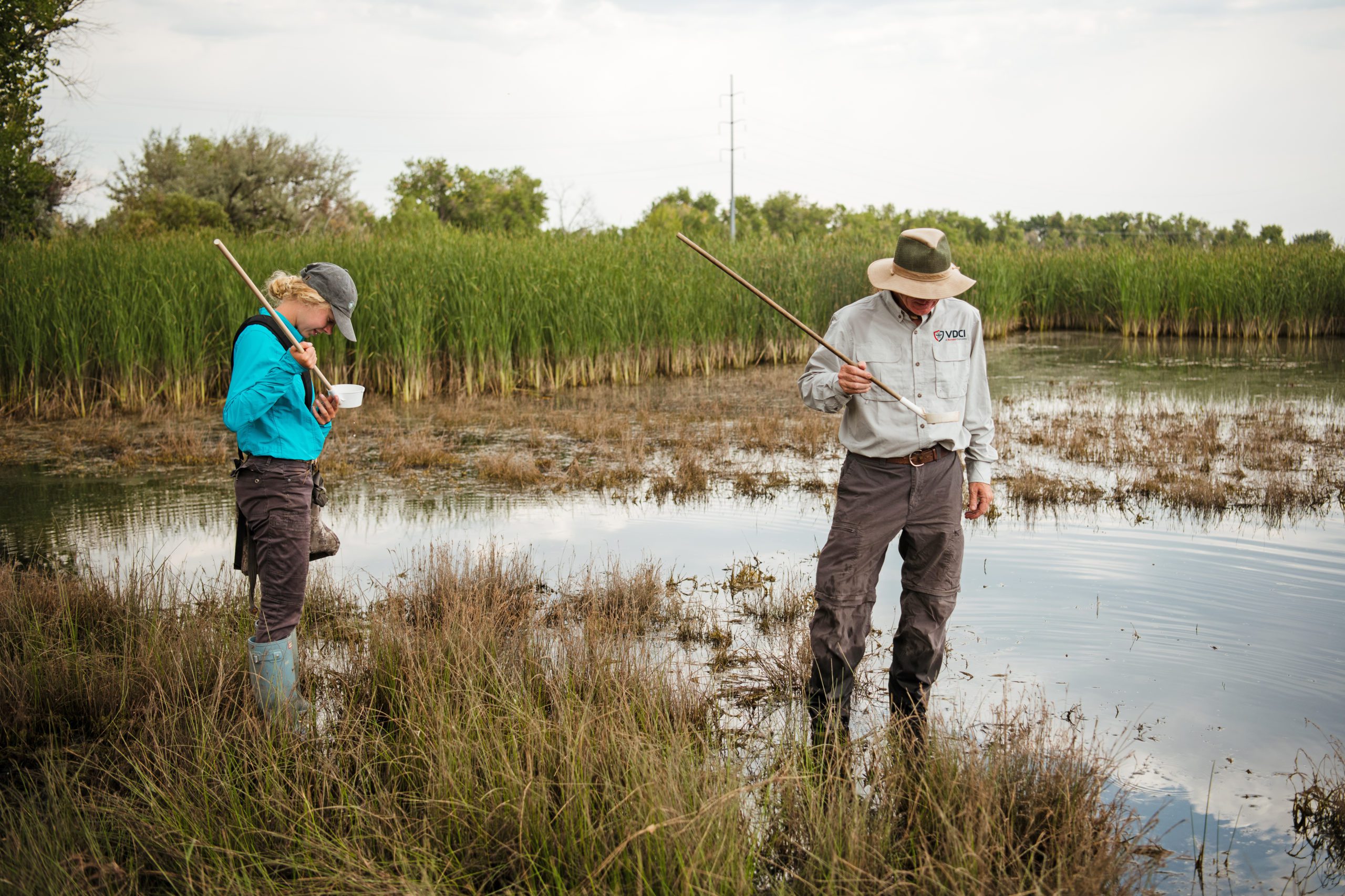
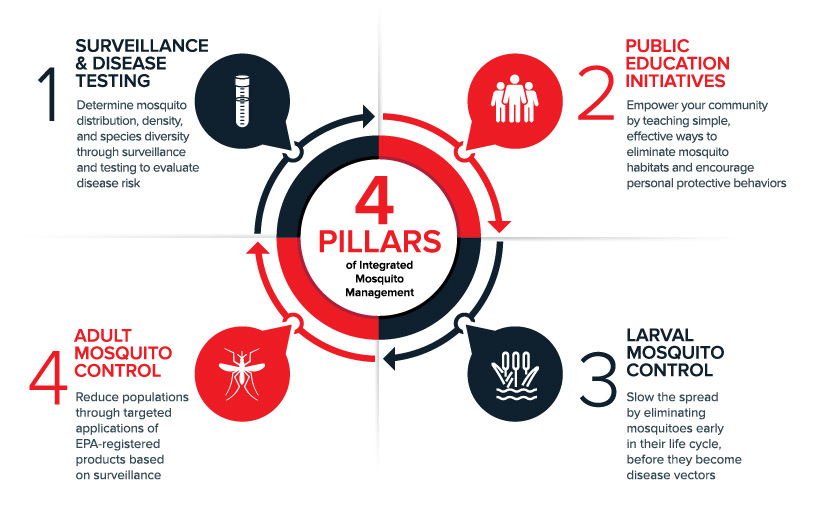
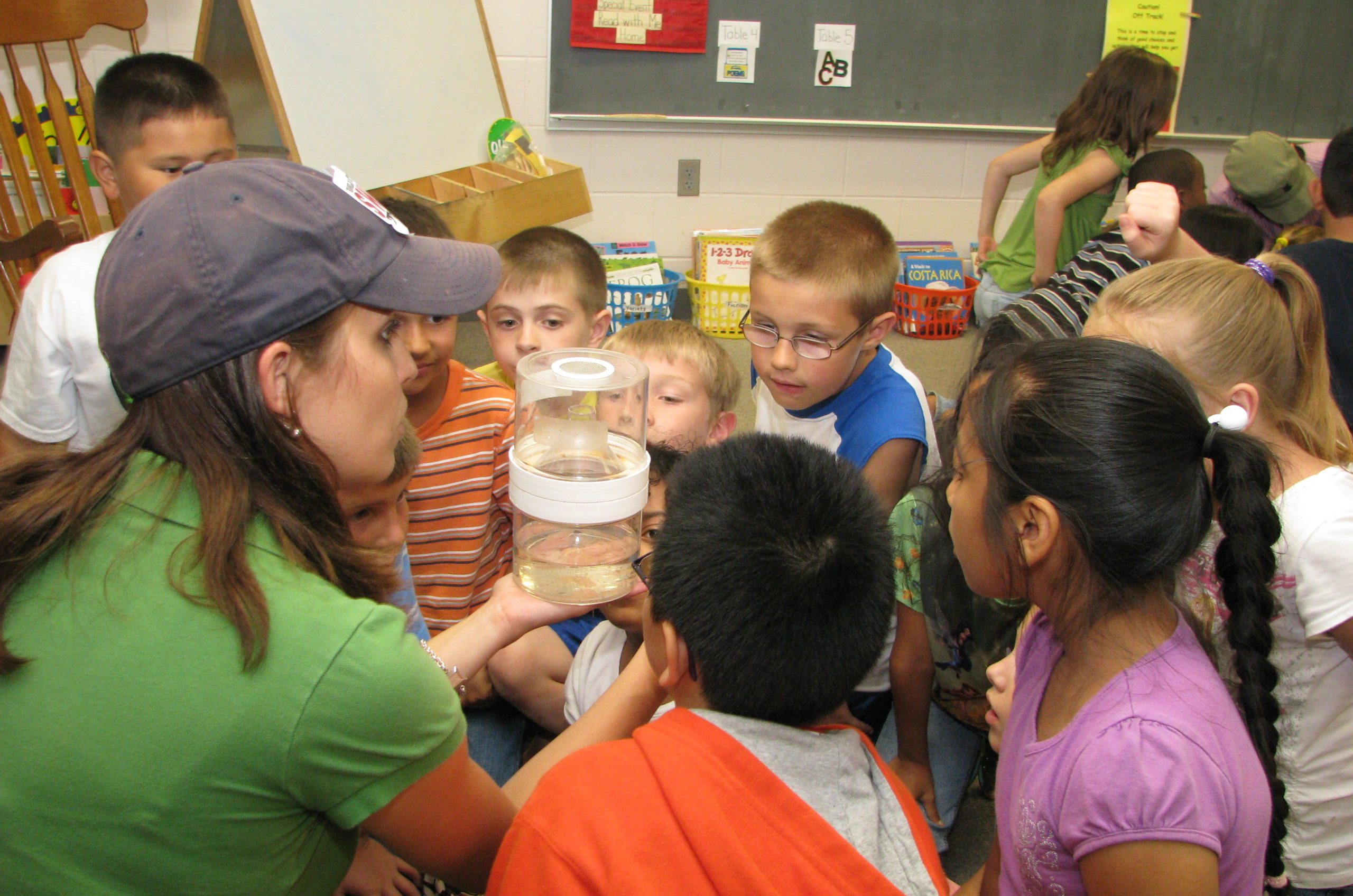 Despite the strategic and technological advances made in recent decades, mosquito control programs cannot be maximized without cooperation from the entire local community. Therefore,
Despite the strategic and technological advances made in recent decades, mosquito control programs cannot be maximized without cooperation from the entire local community. Therefore, 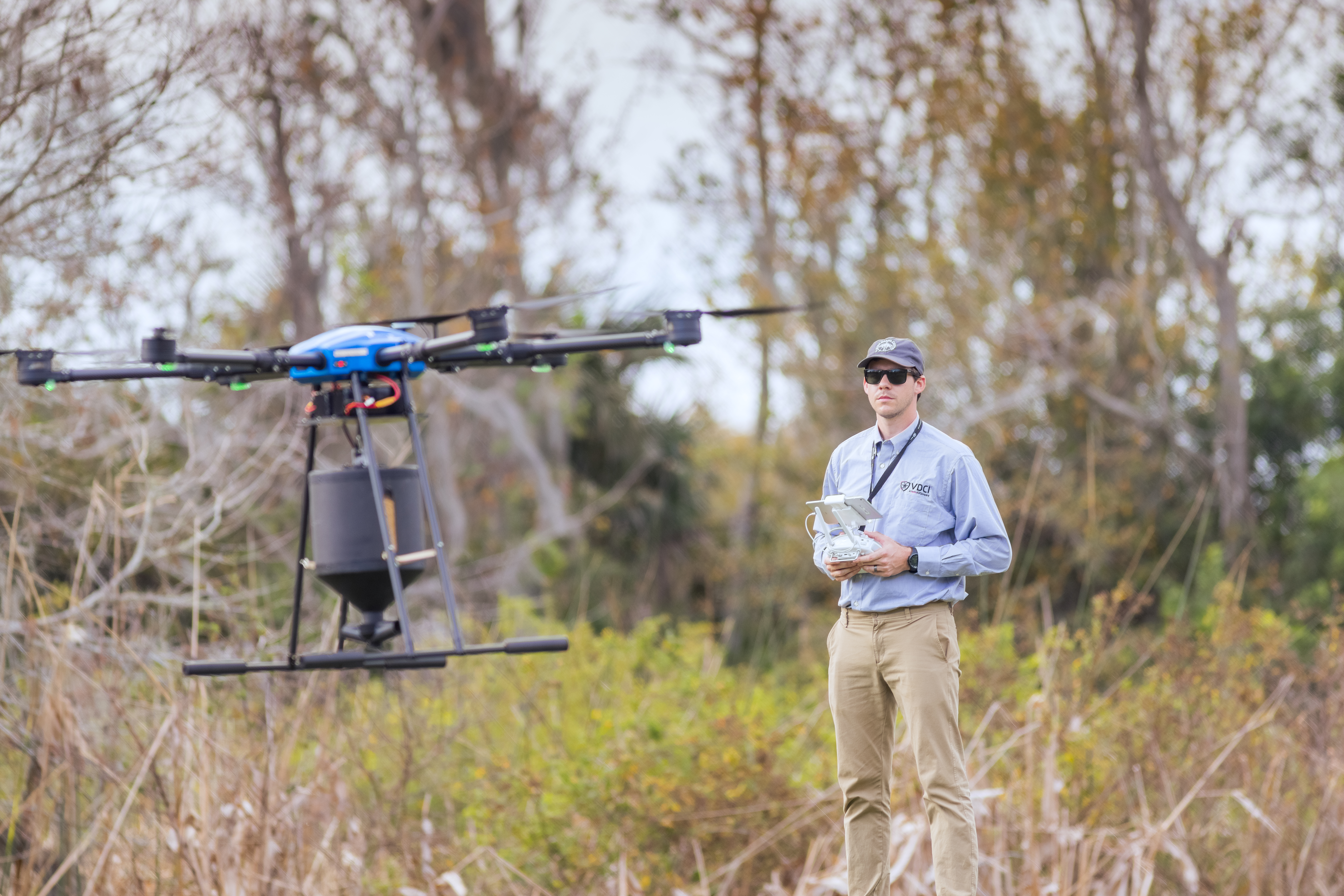 Targeting mosquitoes before they become adults is essential for any good program. That’s where proactive ground services come into play. Integrated Mosquito Management professionals specialize in understanding and identifying environments that foster mosquito development, like ditches, ponds, and stormwater drains. This knowledge helps experts shape and implement custom solutions that target the unique area. These might include source reduction, habitat modification, the introduction of natural predators like mosquitofish, or the application of EPA-registered larvicides to achieve sustainable
Targeting mosquitoes before they become adults is essential for any good program. That’s where proactive ground services come into play. Integrated Mosquito Management professionals specialize in understanding and identifying environments that foster mosquito development, like ditches, ponds, and stormwater drains. This knowledge helps experts shape and implement custom solutions that target the unique area. These might include source reduction, habitat modification, the introduction of natural predators like mosquitofish, or the application of EPA-registered larvicides to achieve sustainable 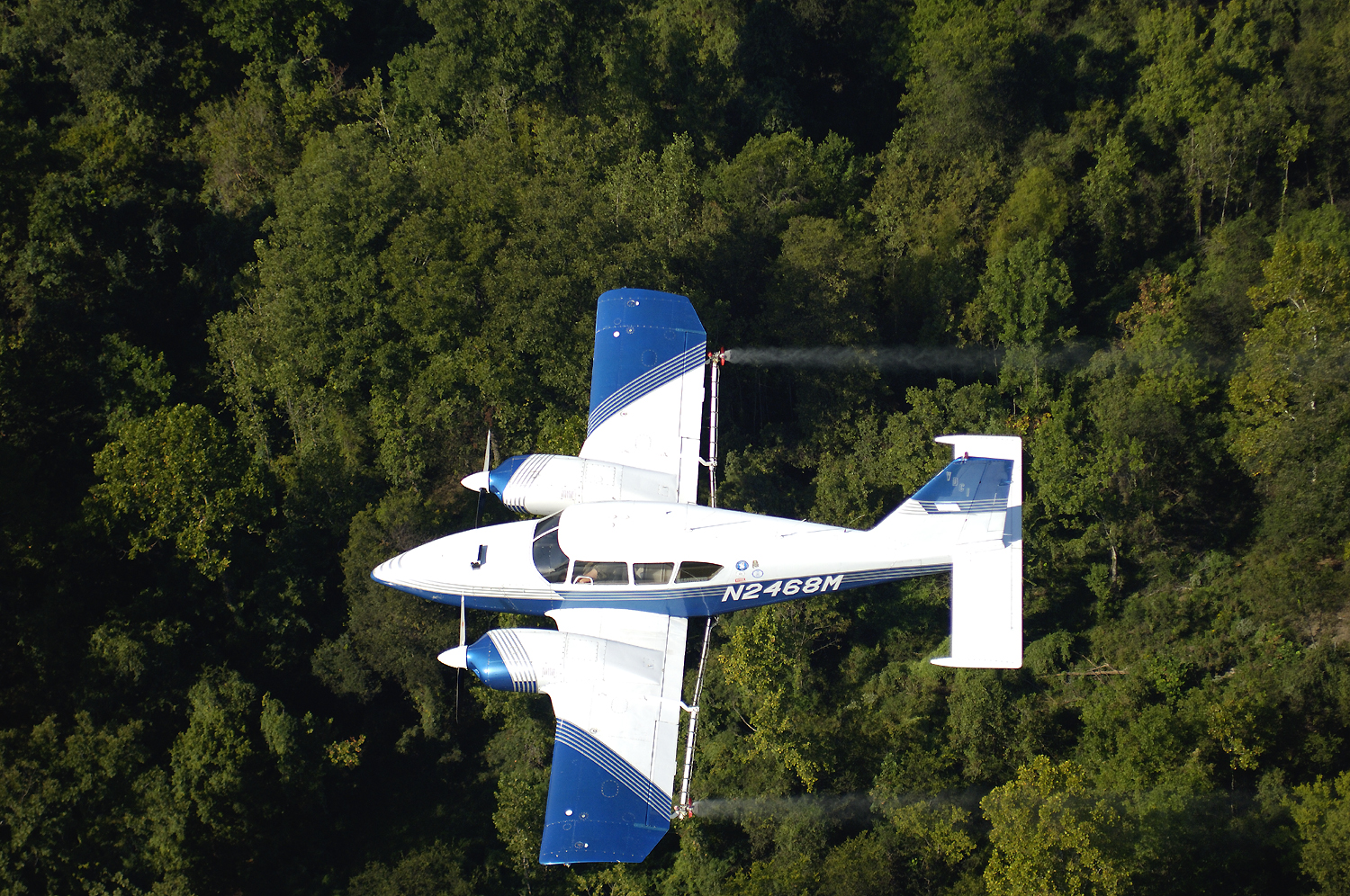 Although mosquito surveillance and larval control should be the first steps in any mosquito control program, the control of adult mosquito populations is a critical component of an
Although mosquito surveillance and larval control should be the first steps in any mosquito control program, the control of adult mosquito populations is a critical component of an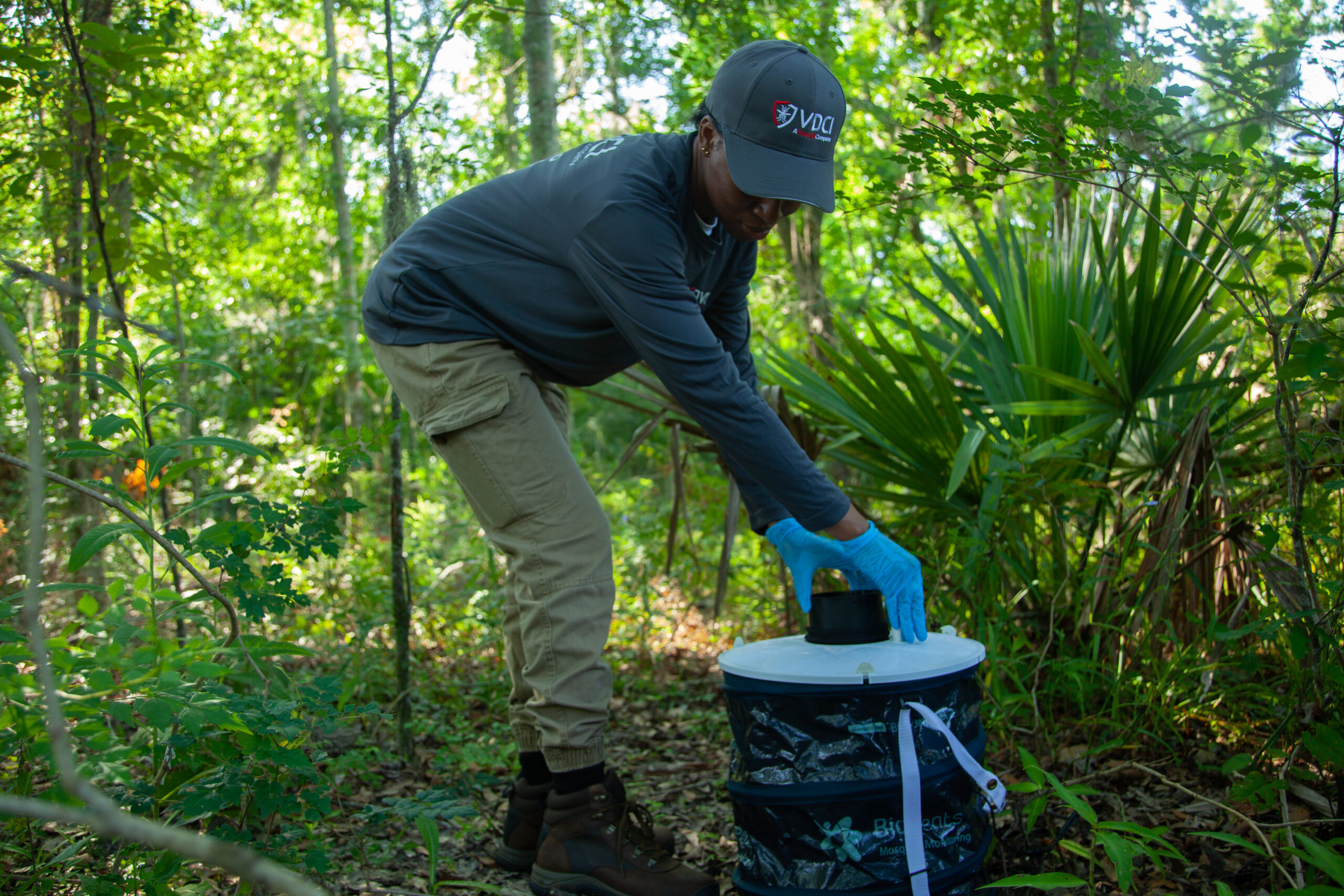
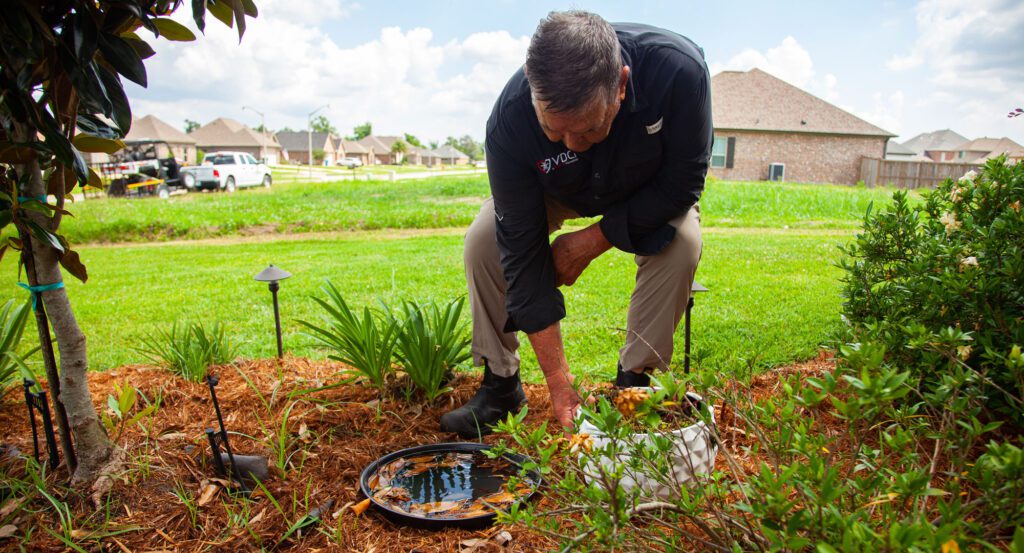
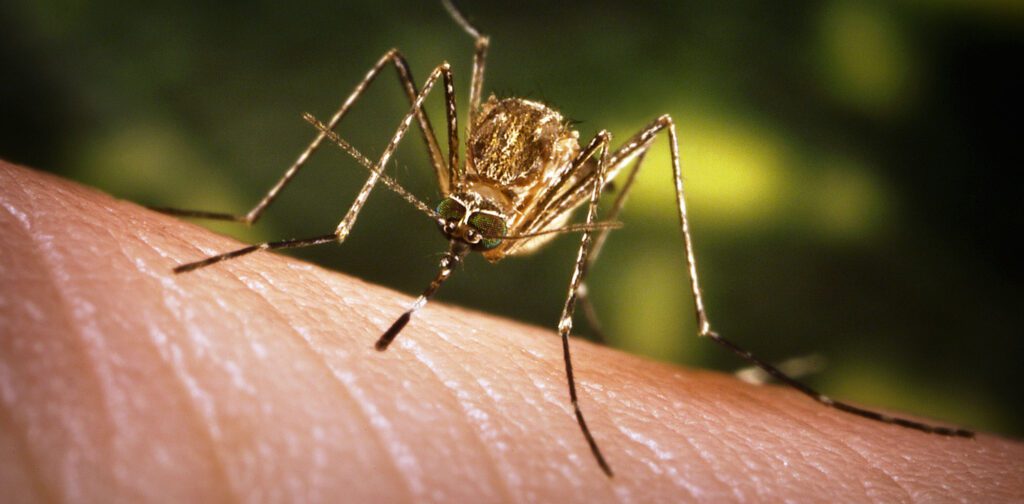
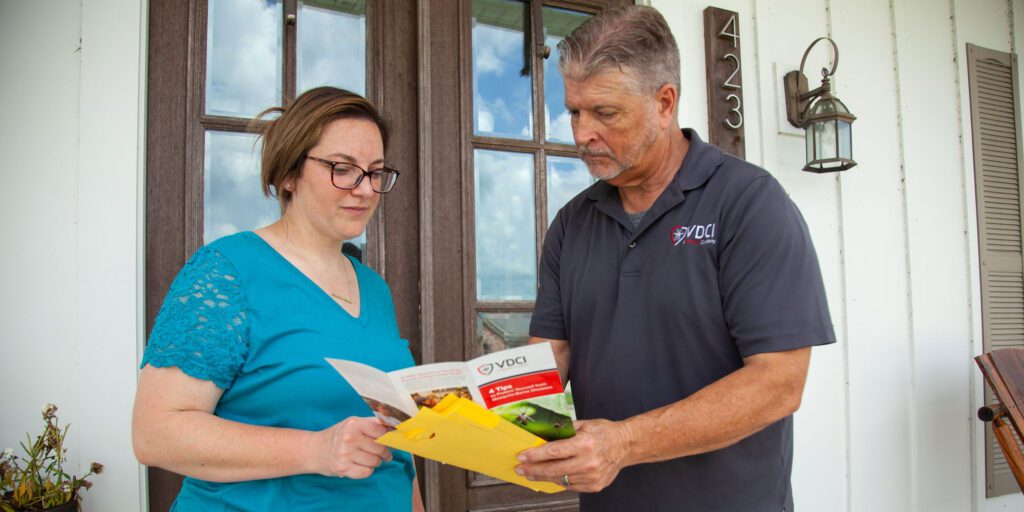
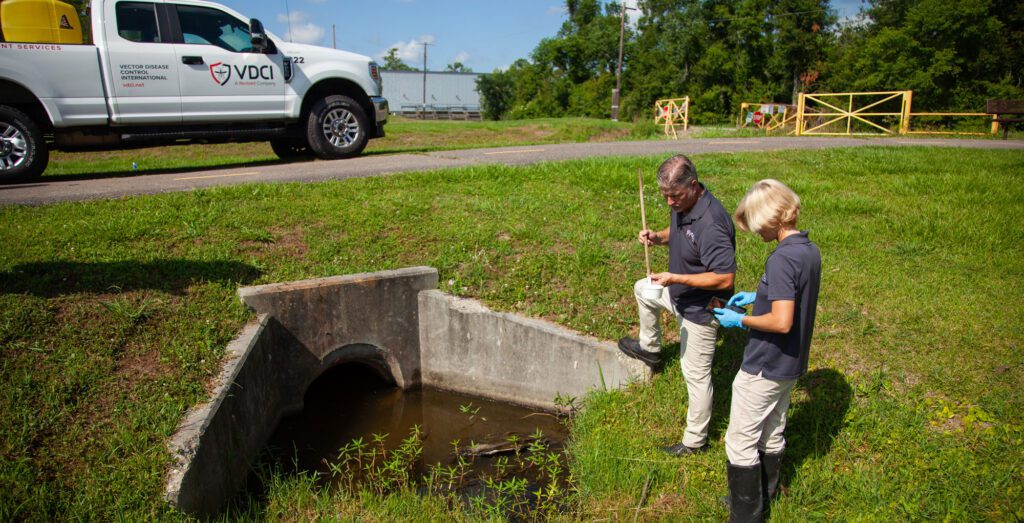
 Since 1992,
Since 1992, 

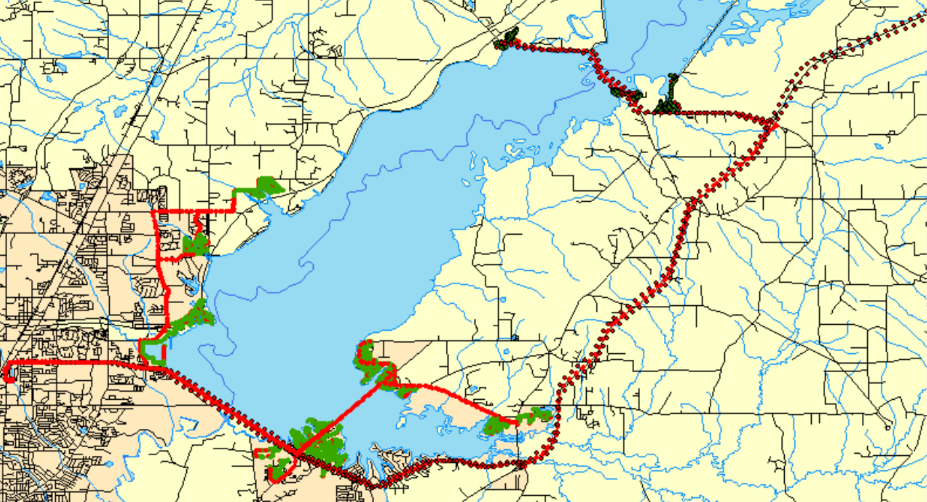
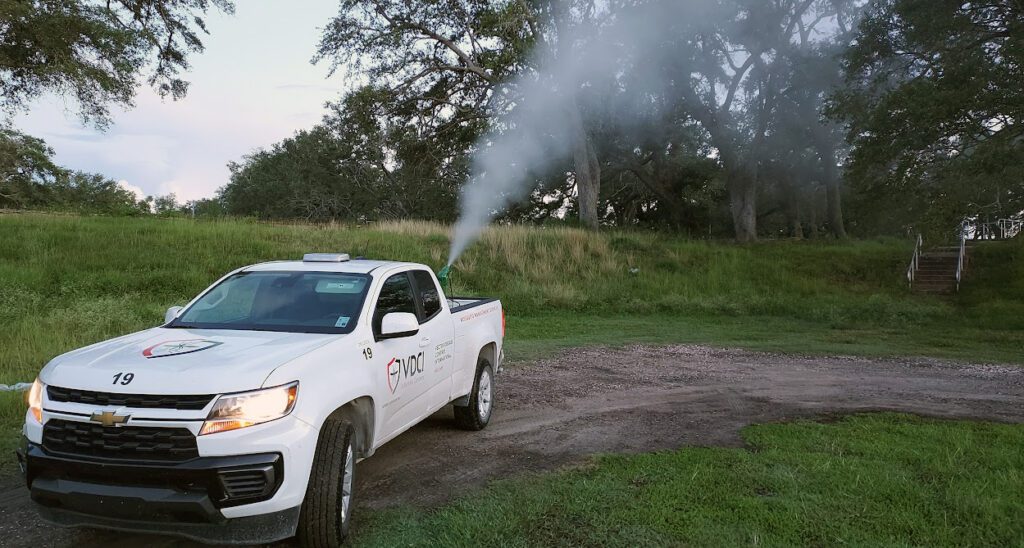
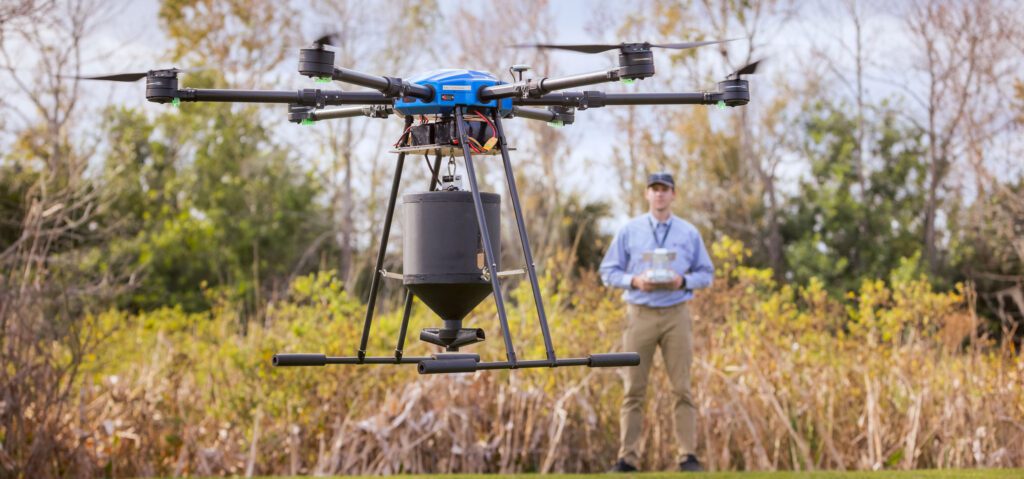
_greenville-MS-brooxb-230199-edited-344159-edited.jpg)





